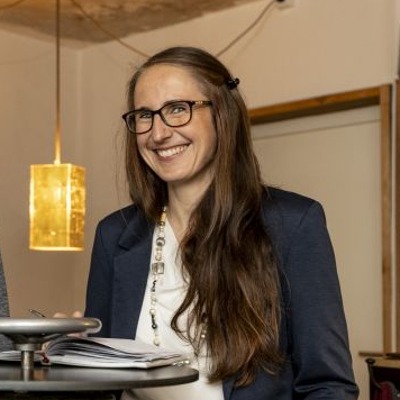Andermatt Swiss Alps Group Publishes First Sustainability Progress Report

The Andermatt Swiss Alps Group has published its first progress report on sustainability. In this way, it creates transparency and comparability with other sectors and competitors. The report is also the basis for regularly measuring the success of the Group's sustainability efforts and for consistently pursuing the sustainability goals.
Sustainability is a key issue for the Andermatt Swiss Alps Group, which is why their CO2 footprint was calculated for the second time in 2021. Total emissions were 22,435.5 tCO2e¹, which is 4,152.3 tCO2e more than in 2019 (+18.51 percent). This increase is due to the intensive construction phase in Andermatt Reuss last year and the significantly higher occupancy of hotels and holiday apartments compared to 2019. However, due to the increased number of guests, greenhouse gas emissions per overnight guest fell from 27.22 kgCO2e in 2019 to 18.96 kgCO2e in 2021 (-30.35 percent). In the ski resort, emissions per Skierday² fell from 29.42 kgCO2e in 2019 to 13.58 kgCO2e (-53.84 percent), although the number of entries in 2021 was massively lower than in 2019 due to the corona pandemic and the operating hours of the snow groomers were higher. The reason for this striking difference are infrastructure projects on the mountain, which were completed in 2019. In addition, there were fewer direct emissions because in some cases more economical vehicles were used and intelligent snow management was operated with the SnowSat system.
Low scope 2 emissions
In 2021, the direct emissions of the Andermatt Swiss Alps Group (Scope 1) were slightly lower than in 2019 (-0.46 percent) at 1,813.3 tCO2e. The indirect emissions caused by providing energy (Scope 2) were again very low. Because the electricity and heat supply in all of the group's new buildings is climate-neutral and the systems in the ski area are operated with CO2-neutral electricity from the region, this amounted to a low 158.7 tCO2e for the entire company in 2021 (+2.23 percent). Overall, the Group used more fossil fuels, more water and more electricity in 2021 than in 2019. As in 2019, greenhouse gas emissions from upstream and downstream activities (Scope 3) accounted for the majority of emissions in 2021. At 20,463.5 tCO2e, these were 20.35 percent higher in 2021 than in 2019.
sustainability management
In order to anchor the topic of sustainability in the company strategy, sustainability goals were defined in the areas of environment, society and economy. Specifically, the Andermatt Swiss Alps Group wants to be climate-neutral in operations by 2030, have increased diversity among employees and be sustainably profitable as a company. With various sub-goals and planned measures, the course for this change has been set.
projects
In numerous projects, the companies of the Andermatt Swiss Alps Group have also taken their own measures for more sustainable operations. One focus was on mobility. New charging stations for electric vehicles were installed, there were attractive offers for outward and return journeys using public transport, and mybuxi, the on-demand transport service that supplements buses and trains, went into operation. By participating in Swisstainable, Switzerland Tourism's sustainability program, the entire group of companies has committed itself to the consistent implementation of sustainability measures. With this and with the projects already implemented, the group achieved Level II - engaged, the Andermatt Swiss Alps Golf Course with its GEO certification Level III - leading.
Reporting sustainability
With the first progress report as part of Andermatt Responsible, the campaign for climate-friendly and sustainable tourism in the Andermatt region, the Andermatt Swiss Alps Group is laying the foundation for consistent emission monitoring, success control for sustainability goals and thus for permanent change in operations.













